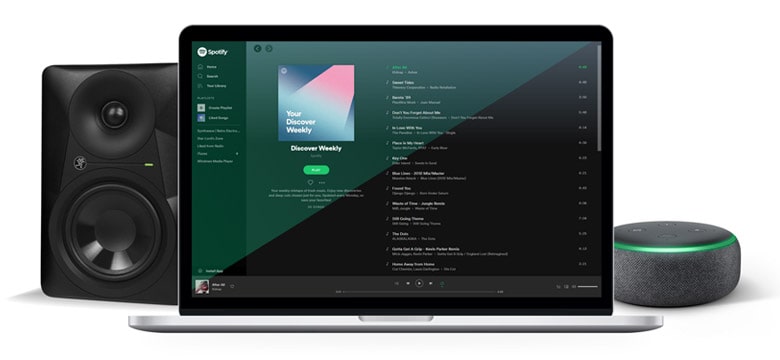Are you an aspiring musician looking to gain more exposure on Spotify? With over 345 million monthly active users and 70 million tracks, it can be challenging to get your music heard on the platform. However, with the power of Spotify’s algorithm, you can increase your chances of getting featured on algorithmic playlists like Release Radar and reach a wider audience.
In this post, we’ll explore how Spotify’s algorithm works, what factors it considers, and how you can optimize your music and profile to get featured on algorithmic playlists.

How Spotify’s Algorithm Works
Spotify’s algorithm uses machine learning to analyze a user’s listening history, behavior, and preferences and create personalized playlists and recommendations. It takes into account various factors such as the songs and artists a user has listened to, how often they listen to them, the playlists they have created, the playlists they have followed, and the songs they have liked or disliked.
One of the key playlists that Spotify’s algorithm generates is the Release Radar playlist, which is updated every Friday and features new releases from artists that a user has previously shown interest in. To get featured on Release Radar, artists should focus on building their fanbase on Spotify by promoting their music on the platform, engaging with their listeners, and encouraging their fans to follow them on Spotify.
Positive and Negative Factors for the Algorithm
There are several positive and negative factors that can affect how the algorithm ranks and recommends songs. Positive factors include playtime, saves and likes, playlist adds, and playlists following. Negative factors include skips, low playtime, low engagement, and unfavorable playlists.
To increase your chances of getting featured on algorithmic playlists, you should focus on optimizing your track and artist profiles, including album artwork and artist bio, and using relevant keywords and tags. You should also work on increasing your plays and saves on Spotify, as these metrics are taken into consideration by the algorithm.
Engaging Your Fans on Spotify
In addition to optimizing your profile and music, you should also engage with your fans on Spotify. This can include promoting your music on social media, creating your own playlists, collaborating with other artists, and participating in Spotify’s promotional programs.
One such program is Spotify for Artists, which allows you to claim and manage your artist profile, track your performance metrics, and pitch your music for playlist consideration. You can also access Spotify’s playlist submission tool, which allows you to submit your music directly to Spotify’s editorial team for consideration on their playlists!
Promoting Your Music on Social Media
Finally, you should also promote your music on social media to drive more plays and engagement on Spotify. You can create teaser videos, share behind-the-scenes content, and run targeted ads to reach your audience and encourage them to listen to your music on Spotify.
Engaging with your fans on social media and creating a strong online presence can also help you build your fanbase and increase your chances of getting featured on algorithmic playlists.
In conclusion, Spotify’s algorithm can be a powerful tool for artists looking to gain more exposure and reach a wider audience on the platform. By optimizing your music and profile, engaging with your fans, and promoting your music on social media, you can increase your chances of getting featured on algorithmic playlists like Release Radar and grow your career as a musician. We at PlaylistStreams have work with numerous artist whom have been added to algorithmic playlist with using our services. Make sure you book your campaigns NOW!















